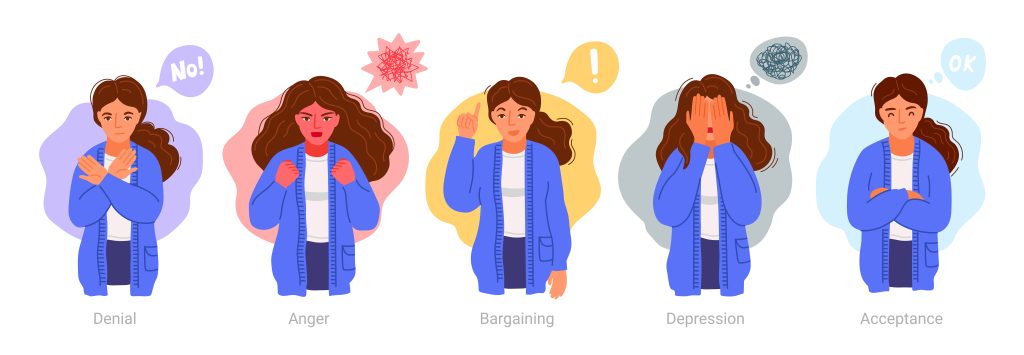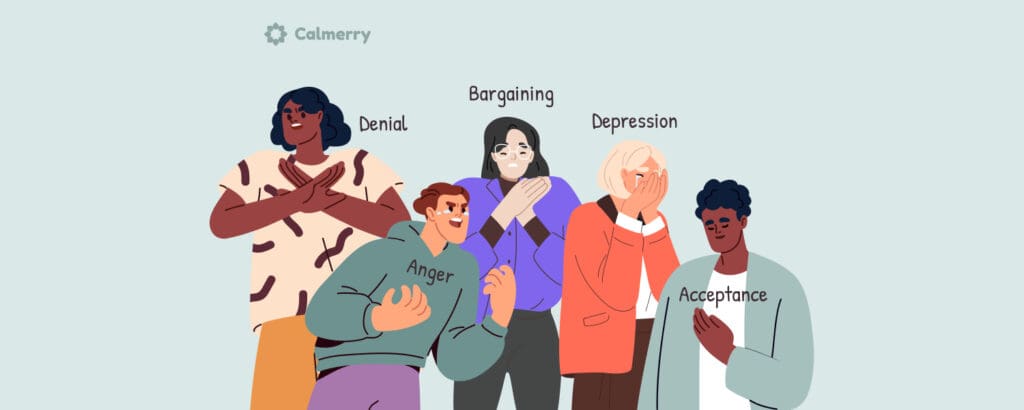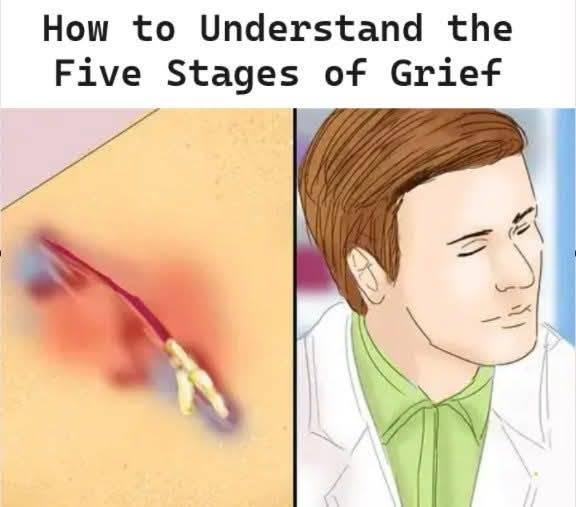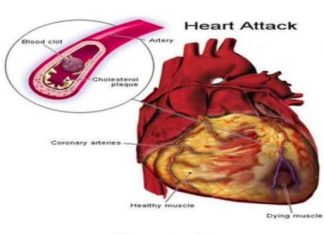Grief is a deeply personal and multifaceted experience that arises from significant loss, such as the death of a loved one, the end of a relationship, or major life changes. One of the most recognized frameworks for understanding grief is the Five Stages of Grief model, introduced by psychiatrist Elisabeth Kübler-Ross in her 1969 book, On Death and Dying. This model outlines five emotional stages that individuals may go through as they process loss: denial, anger, bargaining, depression, and acceptance. It’s important to note that these stages are not linear and may not be experienced by everyone in the same way or order.

1. Denial
Denial serves as an initial defense mechanism that helps individuals cope with the immediate shock of loss. In this stage, a person might struggle to accept the reality of the situation, feeling numb or disconnected. This temporary response allows one to pace their emotions and begin the gradual process of acceptance. For example, someone might continue to expect a deceased loved one to walk through the door, despite knowing they are gone.
2. Anger
As the masking effects of denial begin to fade, the pain of the loss re-emerges, often manifesting as anger. This anger may be directed at inanimate objects, strangers, friends, family, or even at the deceased. It’s a natural response that can stem from feelings of helplessness and frustration. Recognizing and expressing this anger is a crucial part of the healing process.
3. Bargaining
In the bargaining stage, individuals may dwell on what could have been done to prevent the loss. They might find themselves making “if only” statements, such as “If only I had sought medical attention sooner,” or “If only I had been there.” This stage reflects the desire to regain control and find meaning in the face of helplessness.
4. Depression
Depression in grief is not a sign of mental illness but rather an appropriate response to a significant loss. During this stage, individuals may experience profound sadness, regret, fear, and uncertainty. They might withdraw from life, feel numb, or struggle with daily tasks. This phase signifies the beginning of acceptance and the acknowledgment of the reality of the loss.
5. Acceptance
Acceptance does not imply happiness about the loss but rather an acknowledgment of the new reality. Individuals come to terms with the fact that their loved one is physically gone and recognize that this new reality is the permanent reality. They begin to adjust to life without the deceased, finding ways to move forward while still cherishing memories.

Critiques and Evolving Perspectives
While the Five Stages of Grief model has been influential, it’s essential to understand its limitations. Kübler-Ross herself noted that these stages are not meant to be a rigid framework but rather a guide to help people understand the complex emotions associated with grief. Critics argue that the model can oversimplify the grieving process and may not account for cultural, individual, and situational differences. Grief is highly personal, and not everyone will experience all five stages, nor will they necessarily occur in order.
Alternative Models of Grief
Recognizing the complexity of grief, other models have been proposed. For instance, the Dual Process Model suggests that individuals oscillate between confronting the loss and engaging in restorative activities. This approach acknowledges that people need to balance grieving with other aspects of life, allowing for periods of respite from intense emotions.
Conclusion
Grief is a unique and personal journey that cannot be neatly categorized into stages. While the Five Stages of Grief model provides a framework for understanding common emotional responses to loss, it’s crucial to approach grief with flexibility and compassion. Everyone experiences grief differently, and there is no “right” way to grieve. Support from friends, family, or mental health professionals can be invaluable in navigating the complexities of loss and finding a path toward healing.

















